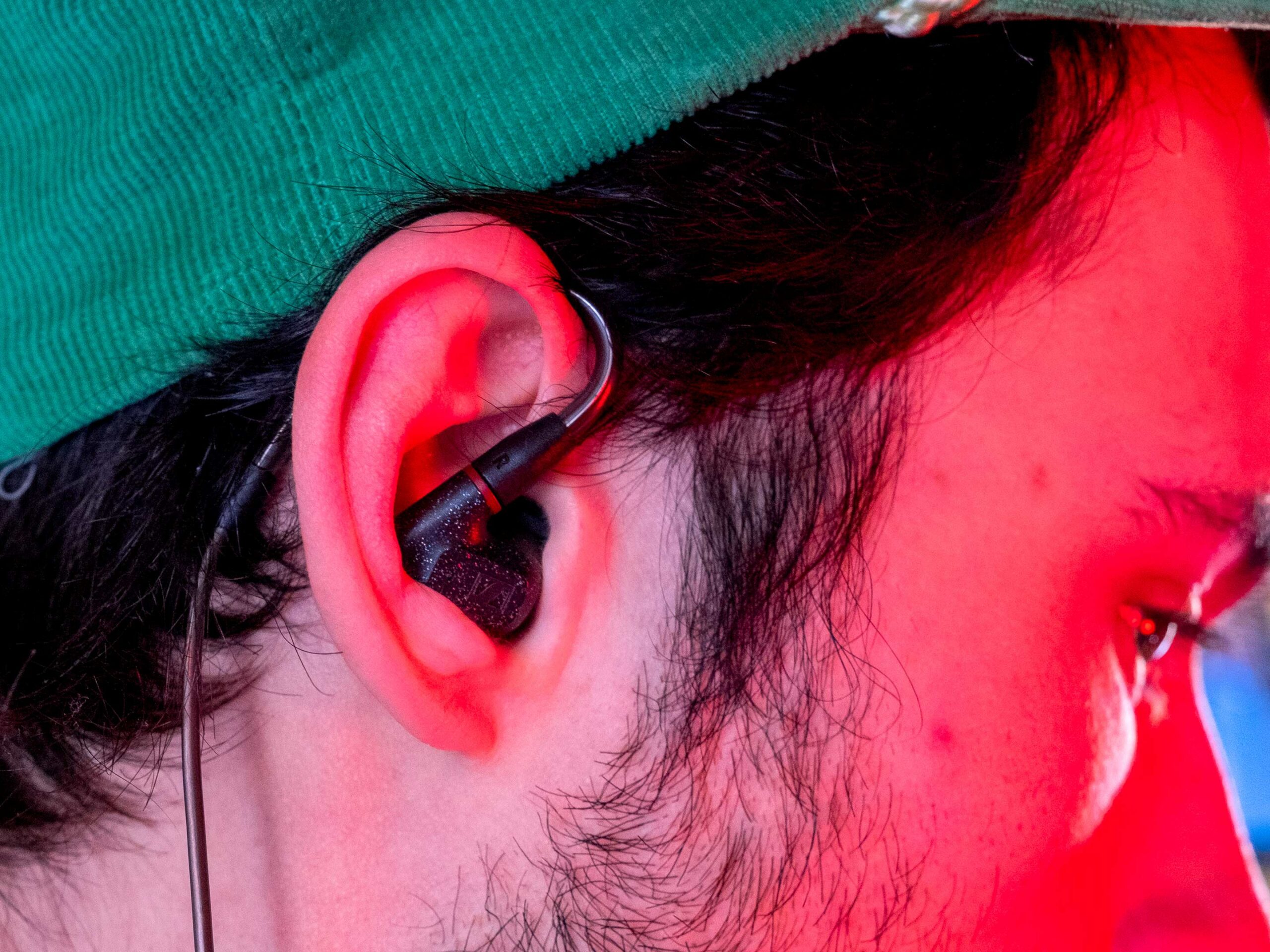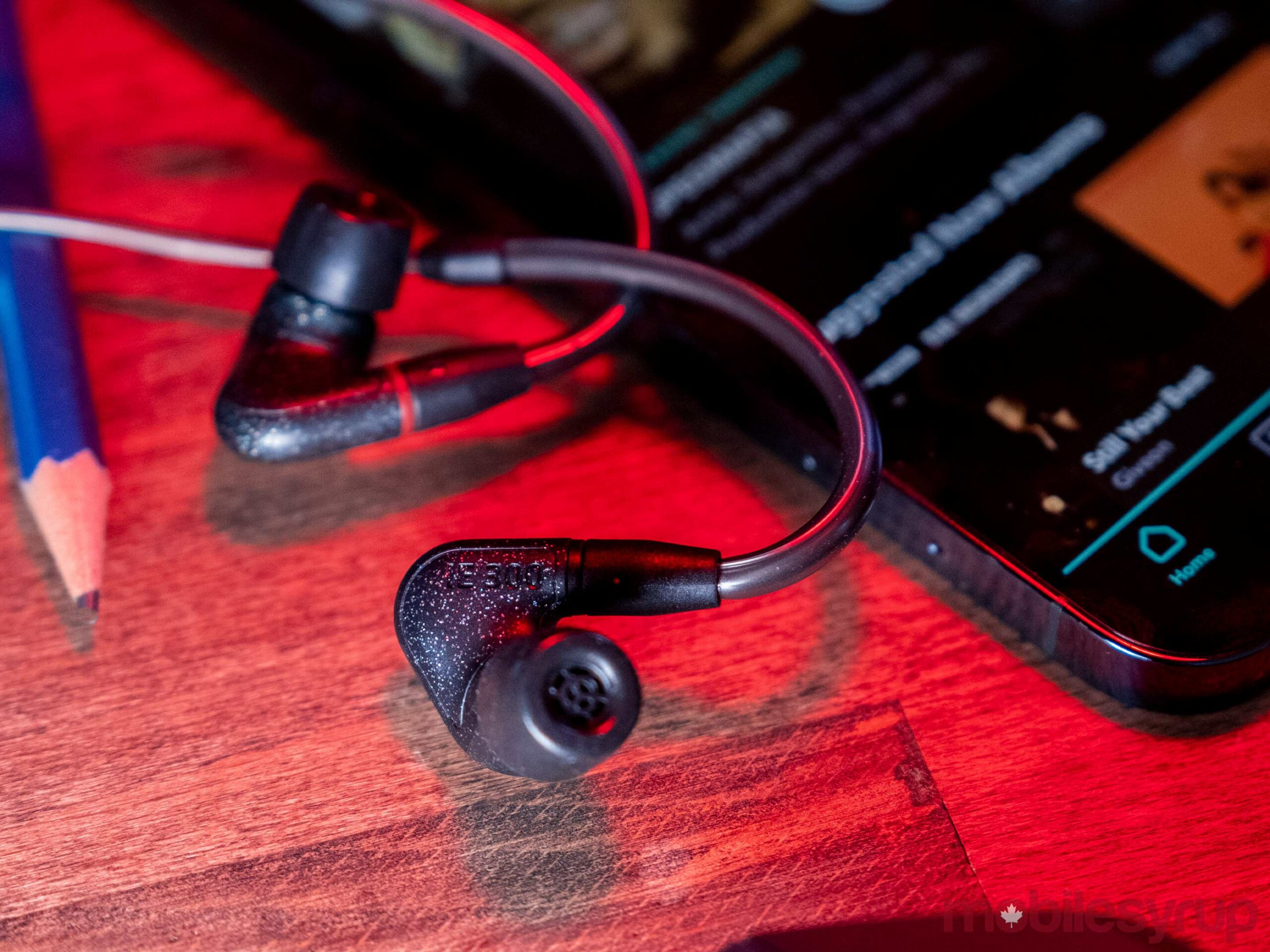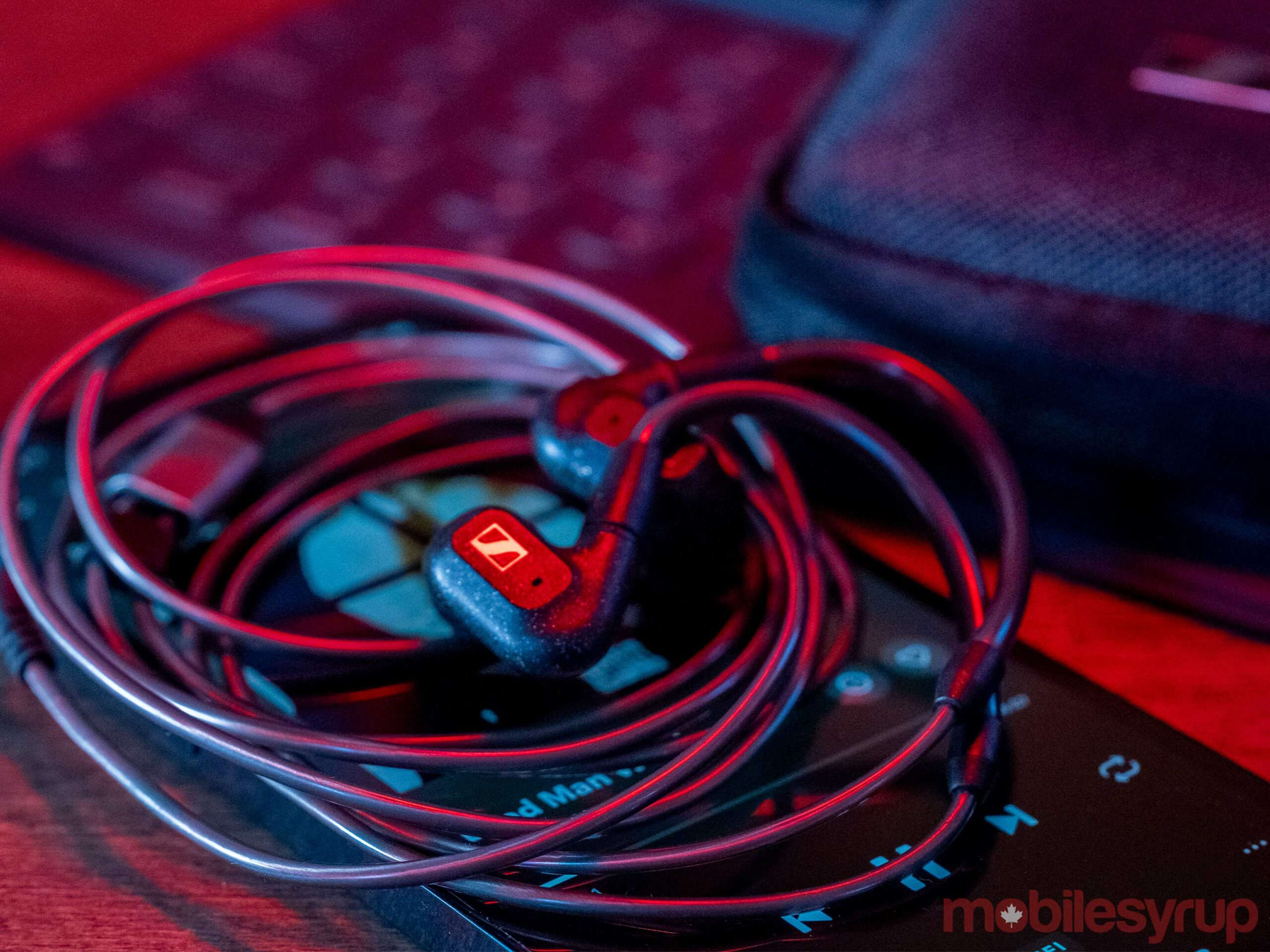
I’m not someone who prefers analog over digital. I recognize good sound over bad, but often, I find that good is, well, good enough for most cases. You can argue with me, but unless you have an HD music subscription or listen exclusively to vinyl, don’t ‘@’ me. With that out of the way, I...
The post Sennheiser IE 300: Why did we ever move away from wired earbuds? appeared first on MobileSyrup.

I’m not someone who prefers analog over digital. I recognize good sound over bad, but often, I find that good is, well, good enough for most cases. You can argue with me, but unless you have an HD music subscription or listen exclusively to vinyl, don’t ‘@’ me.
With that out of the way, I can say that the Sennheiser IE 300 Wired Earbuds are so many leagues above most wireless headsets that even the fact that they have a cord hasn’t stopped them from becoming a staple in my life.
I don’t need active noise-cancelling (ANC), wireless connectivity or even an overly comfortable design. Give me outstanding sound quality, and I’m sold.
While I won’t blame anyone for accepting the convenience of Bluetooth headphones, if you want a real soundstage, be prepared to be tethered to your phone by a short cable for the foreseeable future.

I’ve tested numerous wireless headphones over the last few years, including the well regarded OnePlus Buds, Bose Noise Cancelling 700s and even the Sennheiser CX 400BTs. For day-to-day listening, I usually wear the SteelSeries Arctis Pro Wireless at my PC. I really like all of those headphones — I even love some of them — and I would never say any of them offer lousy sound quality. But the accuracy of the IE300s changed the game for me.
The first time I put on the IE 300s, they sounded weird. Their sound was too crisp and accurate, but over time, there’s no going back to other headphones for one main reason — the unreal depth.
With a good pair of Bluetooth headphones, I feel what I would call slightly immersed in music –I mean, a good song can take anyone away. But there’s something special about the IE 300s. Whenever I wear them, I really feel like I’m sitting at an actual concert.

Admittedly, I’ve been using these mainly with a HiFi Tidal subscription, but they offer an improvement across all streaming services. That said, with a good high-quality mix, the sounds feel like they exist in space around you and less like they’re being pumped into your ears.
Moving beyond the earbuds’ enormous soundscape, they also produce a balanced sound that offers full mids, lows and highs. This balance means that songs don’t need to be picked up by the sort of false bass effect that a lot of cheaper earbuds use to simulate vibrant sound.
The stereo separation is also a cut above standard earbuds. As sounds move from left to right, it feels like they span two feet across the soundstage instead of simply between your ears.
Beyond that, it’s hard to describe the sound experience the IE 300s offer. They take a moment to get used to if you’ve been using sub-par headphones your whole life, but once you get used to their acoustics, it’s hard to go back. That said, from time-to-time I throw in a pair of Bluetooth buds for a quick run to the grocery store or something, and while I enjoy listening to music just as much, it’s different now that I know how much better it can get.

If you can get over the fact that these headphones have a wire (which can obviously get a little frustrating) there are a few pros and cons.
First up, the cable feels good compared to the average low-cost headphone cable, but sadly it tangles just as easily. Following the cable from the 3.5mm AUX port up to the 7mm speaker drivers, you won’t find any microphone or play/pause controls. That said, I found that when people call me, both Android and iOS are smart enough to route audio to the earbuds and still use the mic on the phone.
When you get to the earbuds component, they wrap around your ear in an odd way that makes putting them in confusing until you get the hang of it. Having said that, this secures the speakers in your ear quite firmly. The earbuds actually detach from the cord using MMCX connectors. This lets you swap out the cable if you want a longer or higher quality cord. I didn’t mind the default cable, but something with a tiny bit more weight might have helped here.

The earbuds themselves are tiny and tuck neatly behind your earlobe. This, combined with the around-ear cable design, makes the buds extra stable in your ears.
As stable as they are, these aren’t the most comfortable earbuds I’ve ever worn. The IE 300s come with three silicon and three memory foam ear tips. I’m using the smallest memory foam option, and while it feels comfortable at first, once I spend a few hours using them, my ears need a break. This is likely subjective because of my small ears, but if you have really tiny ears you may need to get custom tips. All the same, I’ve worn these with minor discomfort longer than any other earbuds because the sound is so rich. The memory foam tips are also a nice touch and offer really fantastic passive noise-cancelling.
I wish I could recommend these earbuds to everyone, but their expensive $400 CAD price tag likely puts them out of reach for most people. In the light of that, if you really care about audio quality and want to invest in a pair of earbuds that are truly a cut above nearly everything else, the IE 300s won’t disappoint. I’ve used these with a variety of devices and adapters and across the board, and I’m extremely impressed with their sound.
The post Sennheiser IE 300: Why did we ever move away from wired earbuds? appeared first on MobileSyrup.
15/02/2021 09:01 PM
15/02/2021 03:03 PM
15/02/2021 07:00 AM
15/02/2021 04:09 PM
15/02/2021 05:58 PM
2014 © Canadian apps and news